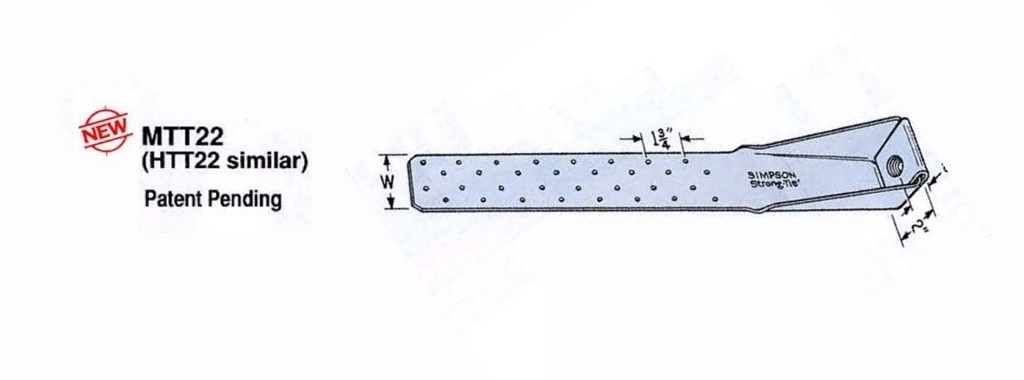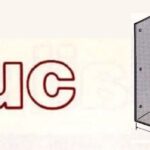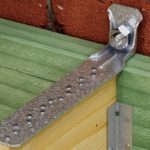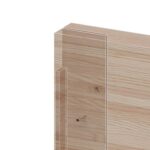We’ve discussed two types of bolted holdowns — the original welded HDs and their automated replacements, the HDAs. Just one year before the HDAs were introduced in 1988, our first nailed tension ties showed up.
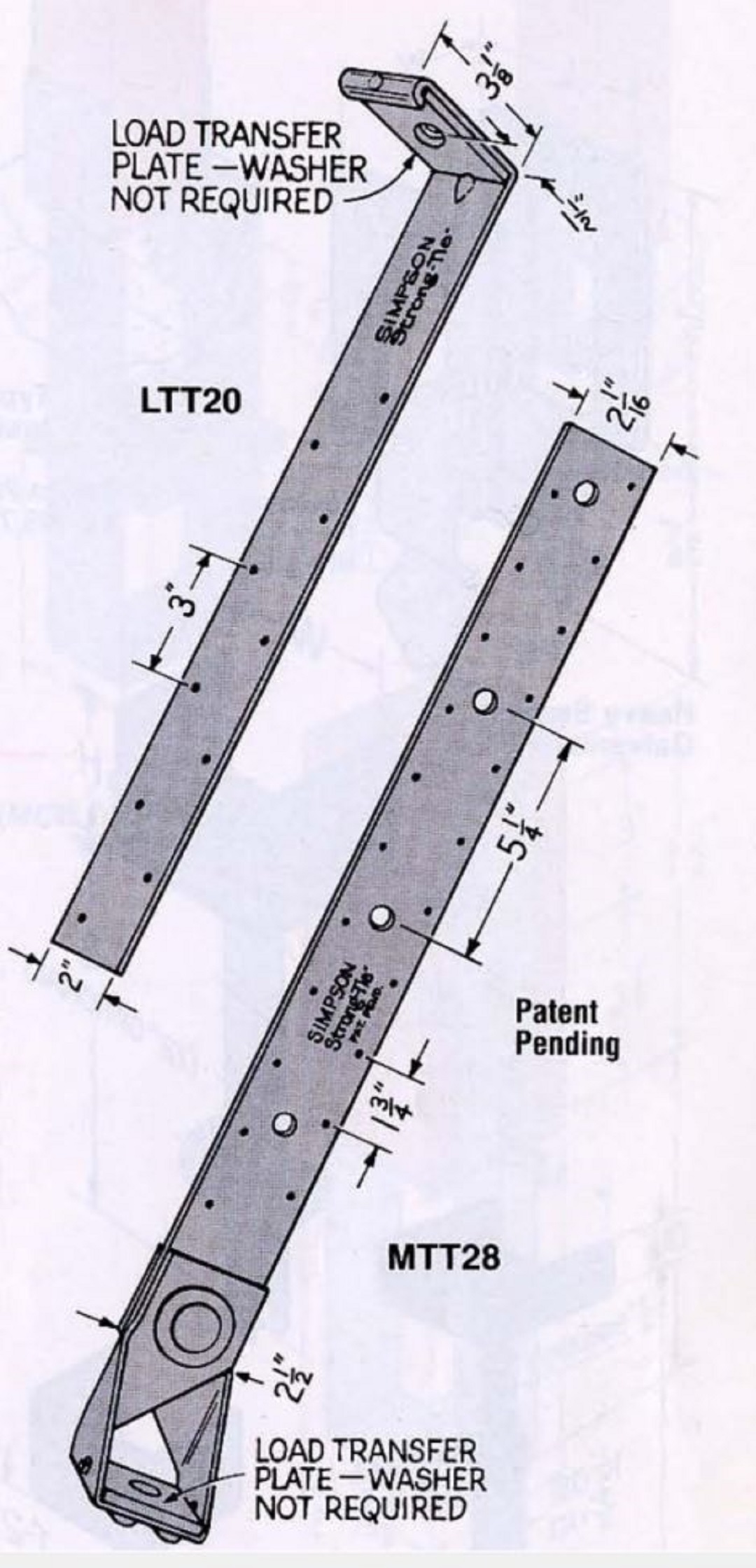
The original LTT20 and MTT28 provided a connection for floor or roof beams to concrete walls. They were also popular as holdowns in shearwalls, especially in retrofit construction where bolted holdowns were difficult to install due to limited access to both sides of the beam or post. The LTT20 had a 3″ nail spacing designed to minimize splitting when installed on wood I-joist top chords. The MTT28B had a seat that was riveted to the strap of the holdown. In 1994, Simpson Strong-Tie created the MTT22 and HTT22 as single-piece designs to simplify manufacturing.
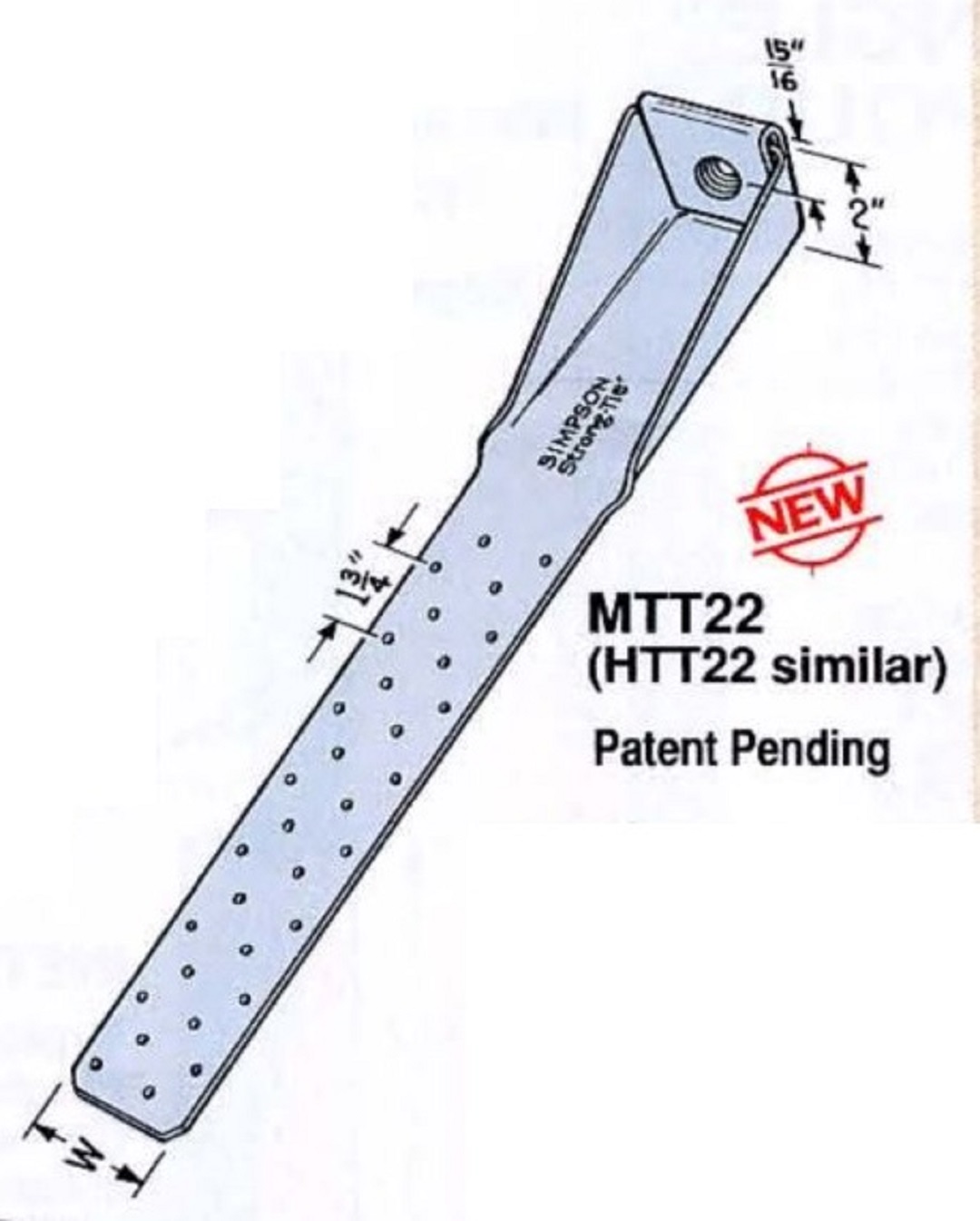
We discontinued the lower-capacity MTT22 in favor of a shorter HTT16. I previously mentioned AC155 — Acceptance Criteria for Hold-Downs (Tie-Downs) Attached to Wood Members when talking about bolted holdowns. The new test standard led us to optimize the nail patterns for the HTT tension ties, resulting in better performance, less steel and fewer nails.
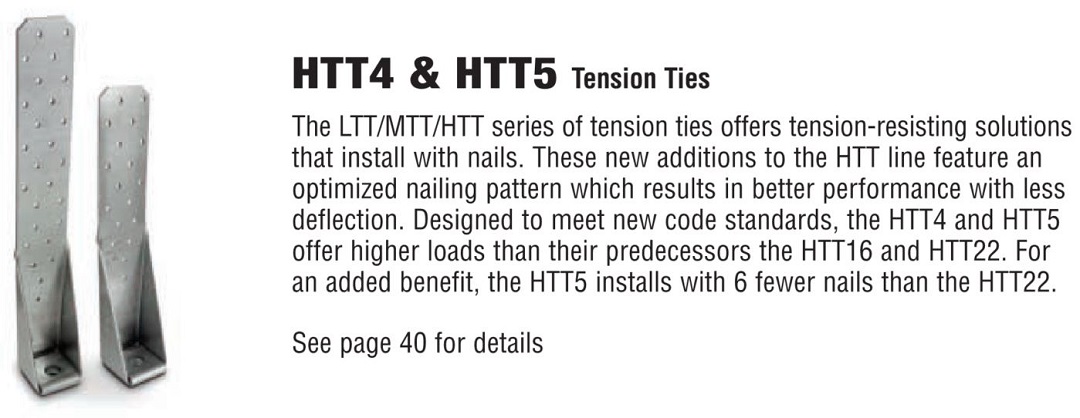
Another change was in the names. Where the HTT16 and HTT22 were so called because they were 16″ and 22″ long, the HTT4 and HTT5 names corresponded to their approximately 4,000 and 5,000 lb. allowable loads.
A more recent innovation in product design was the LTT20B and LTT19 being replaced by the LTTP2. In a 2022 blog post, LTTP2 — an Update to a Classic Light Tension Tie, I discussed the evolution of LTT tension ties and some of the innovations that went into creating the LTTP2.
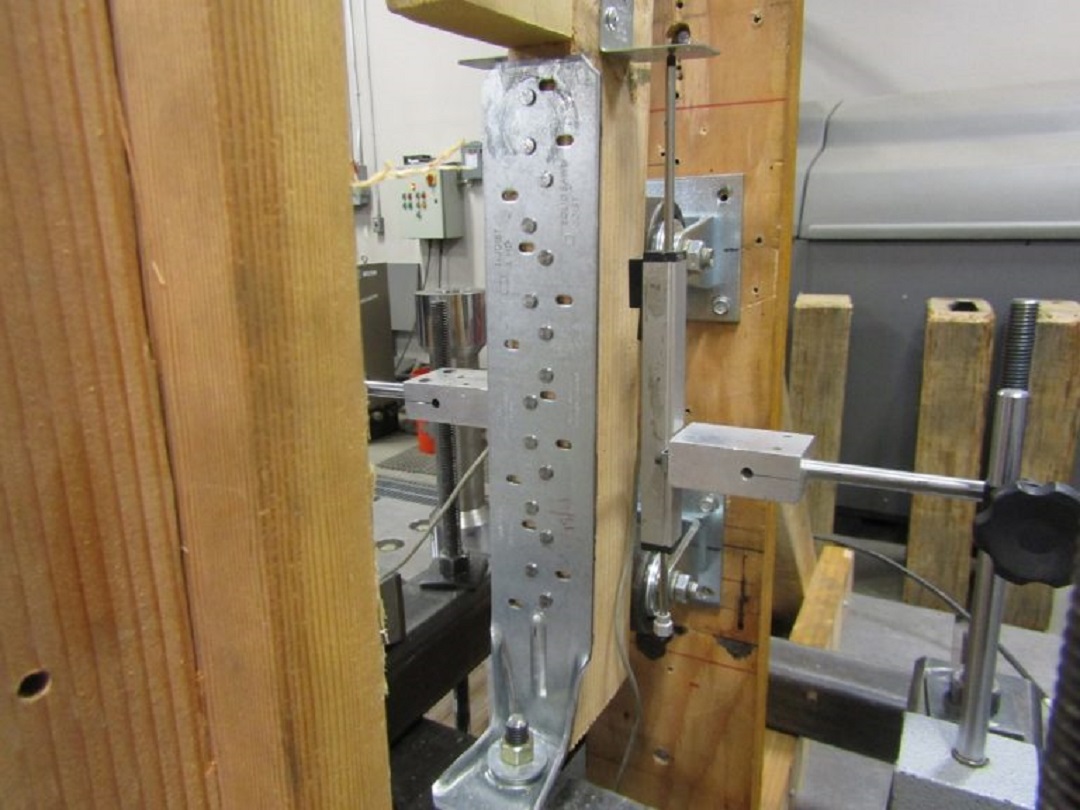
Beautiful part. Although I may be biased.

